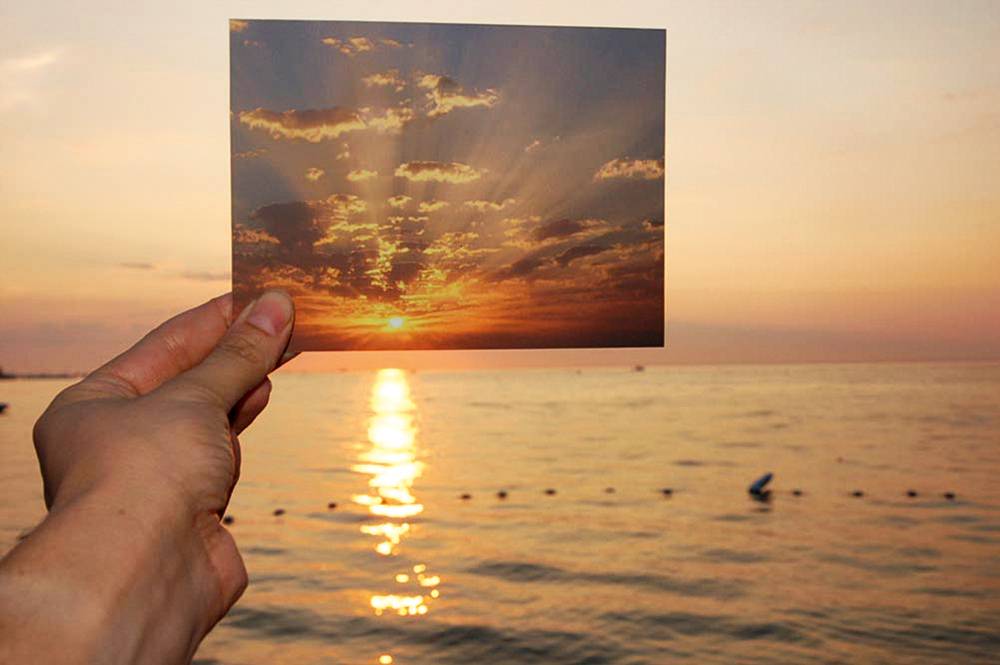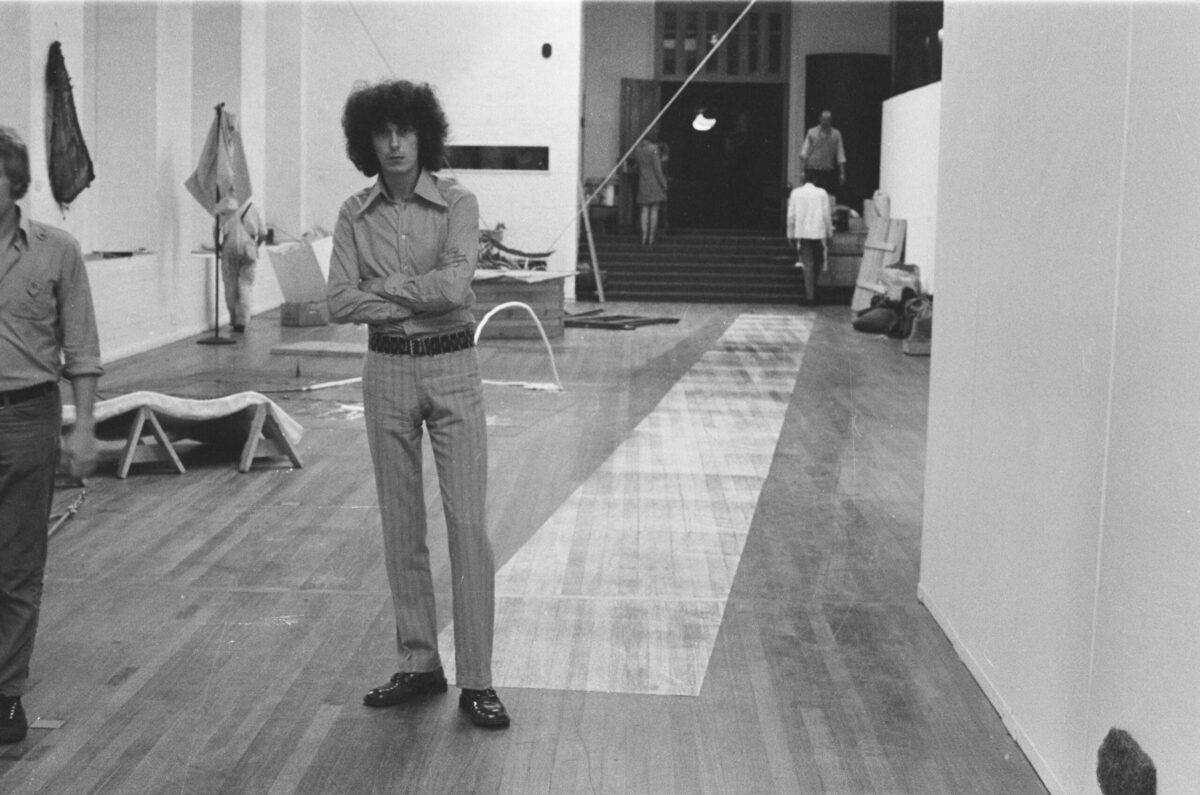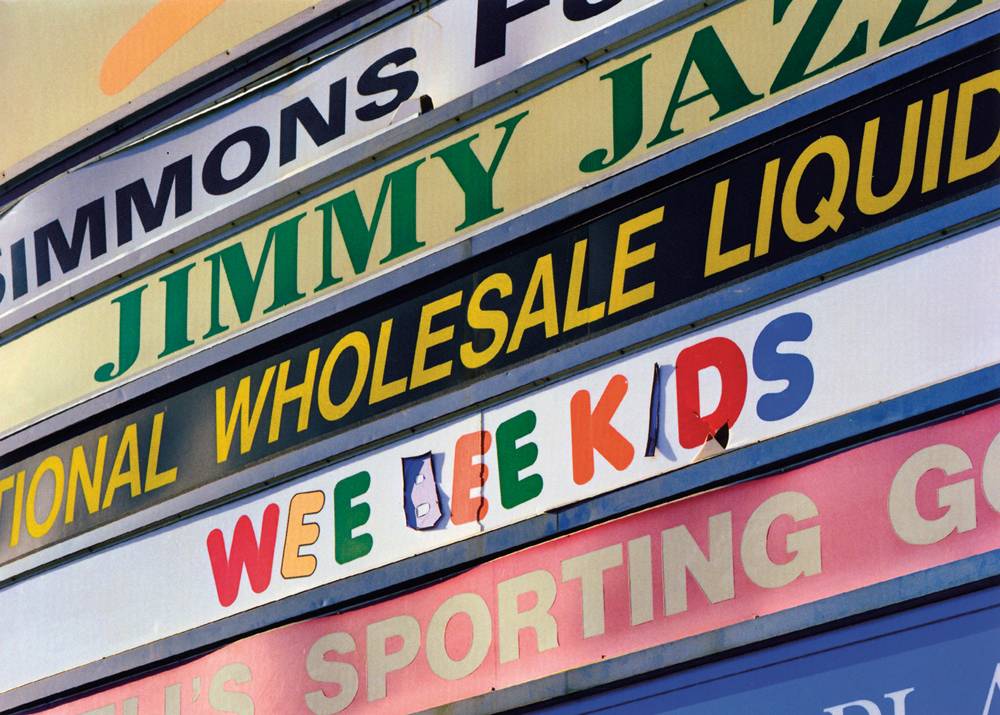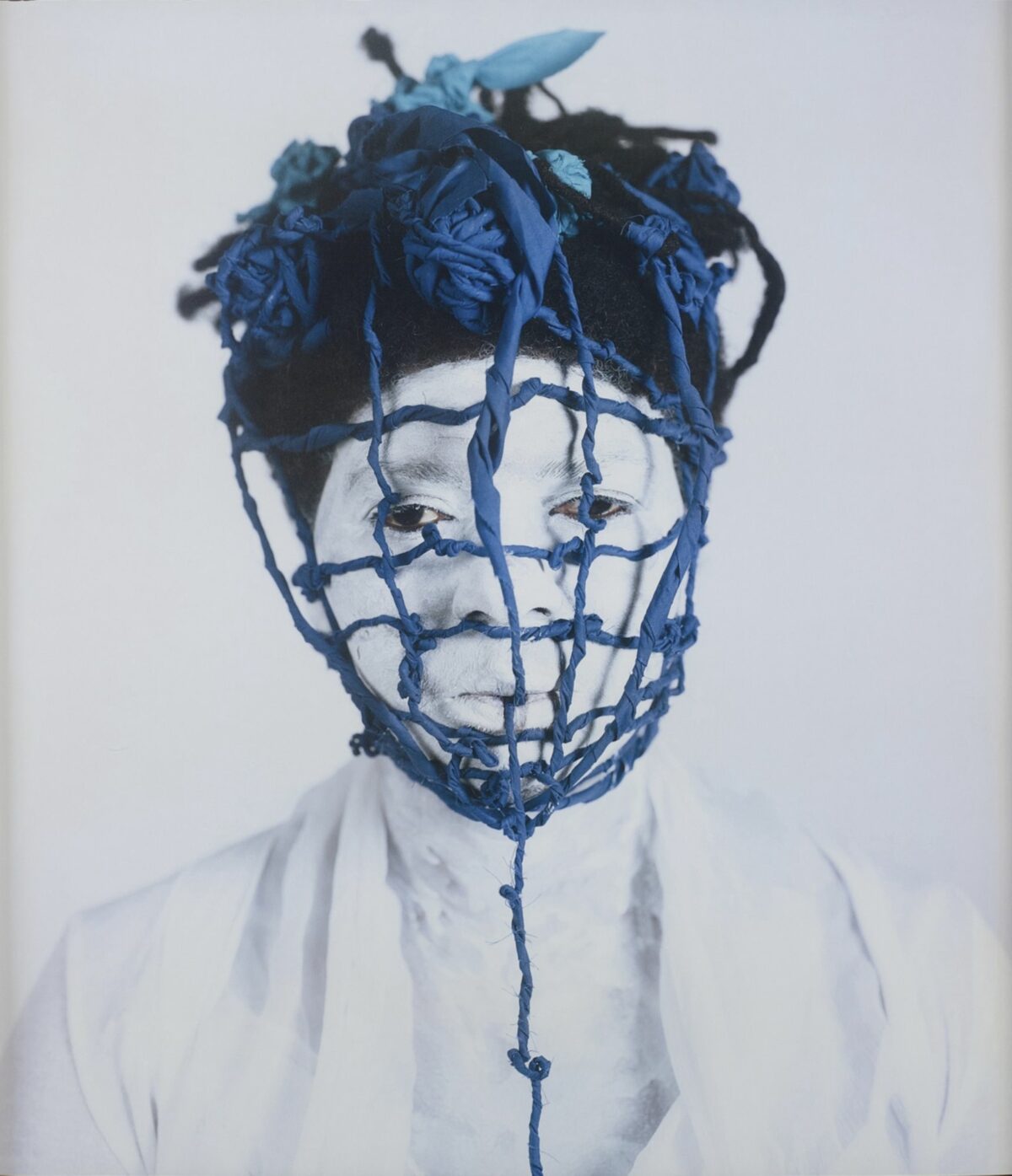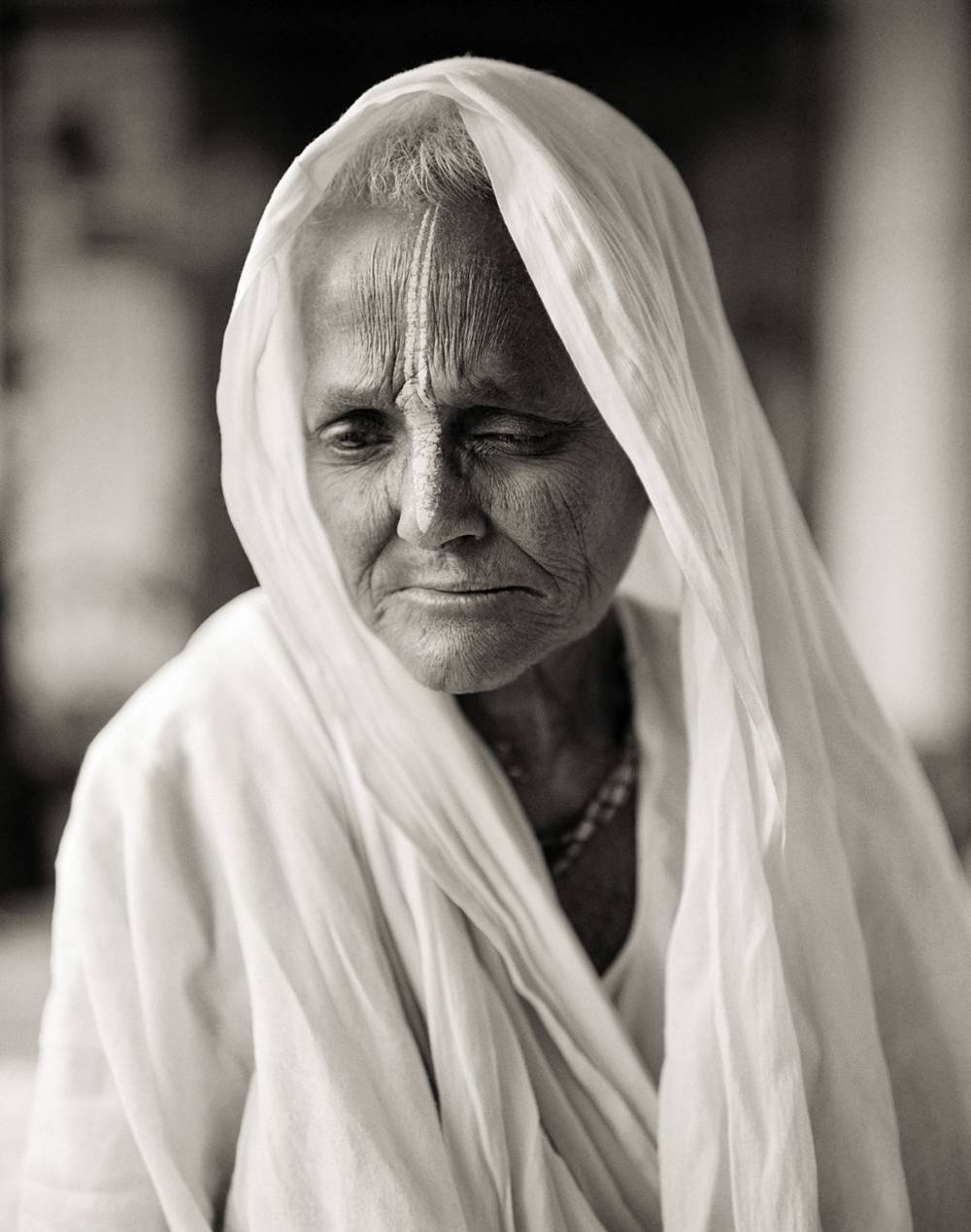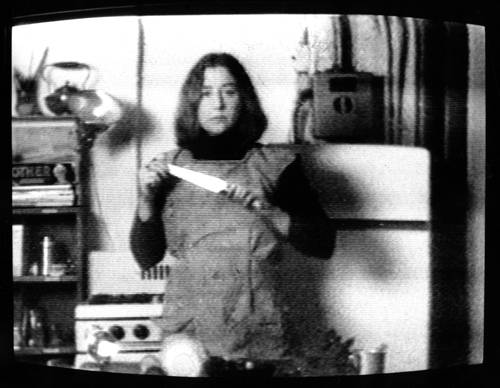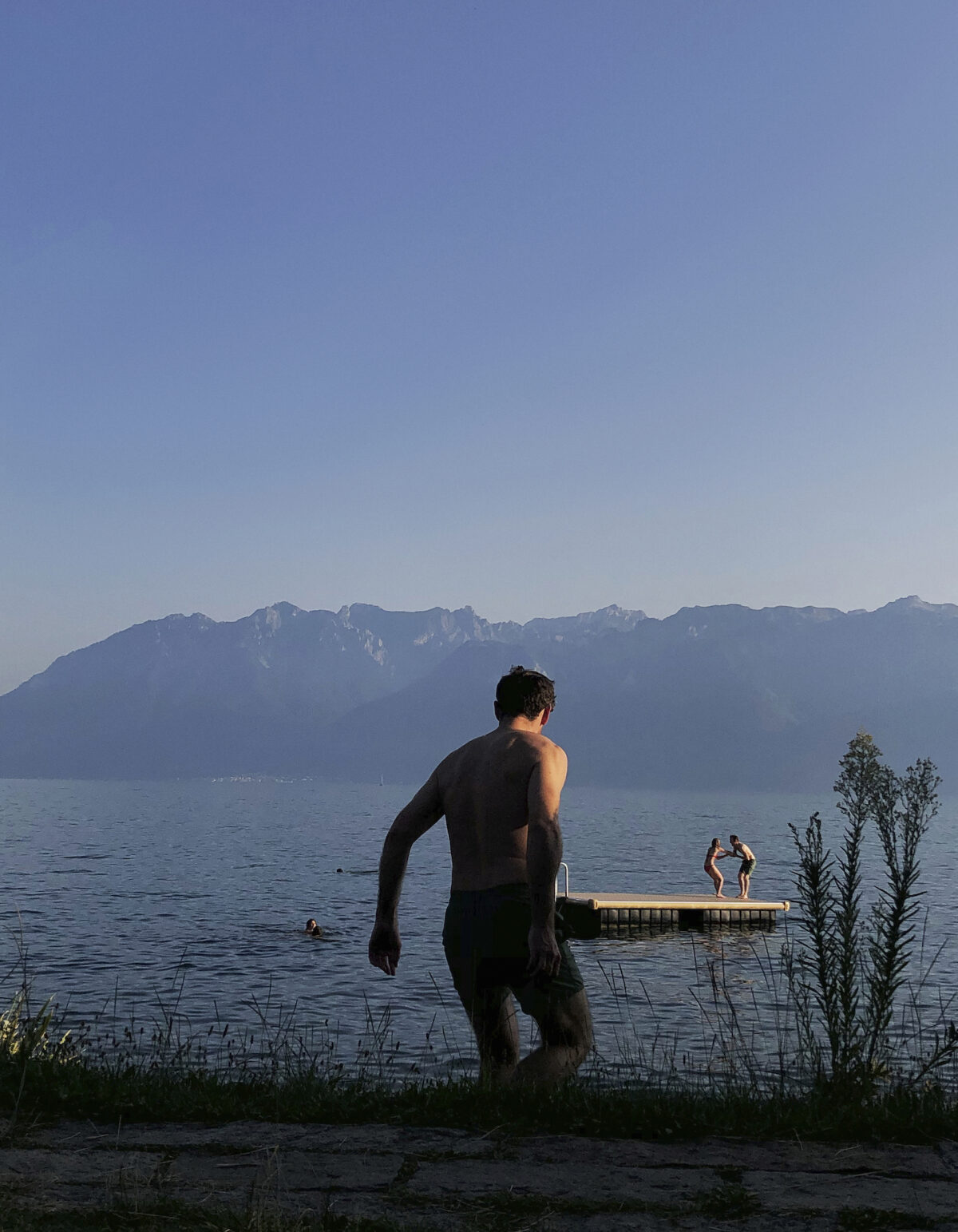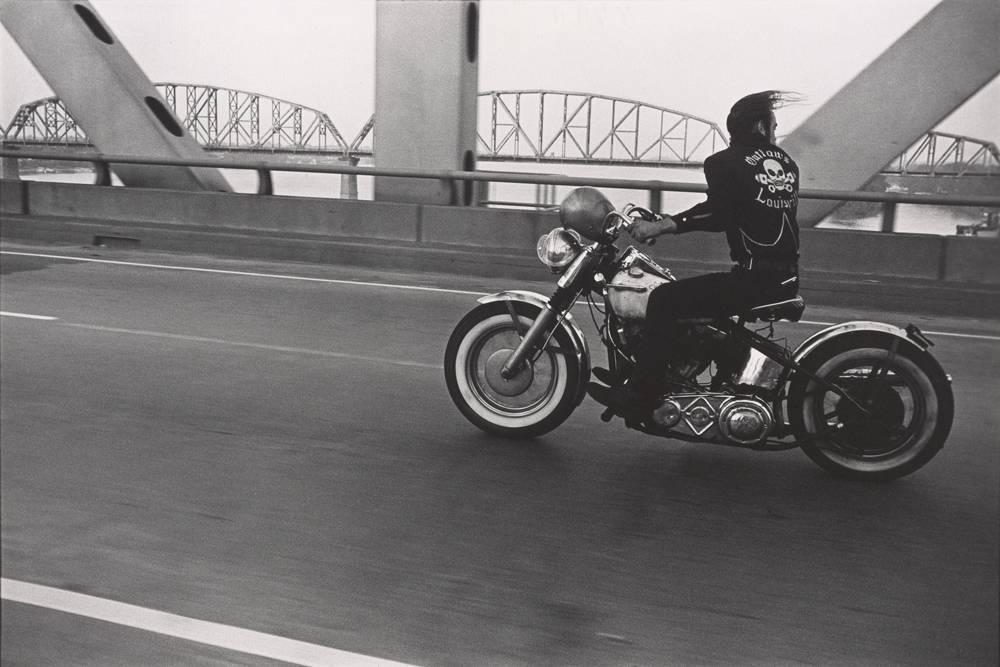With nearly two billion images posted each day on the Internet, fine art photographers are challenged to produce works that stand out from the deluge of banality. Some photographers are responding by taking a step back from digital technology and making works that recall the excitement of the photographic print, its tactile quality and its ability to cast a shadow. These photographers do not necessarily turn their backs on digital technology, but rather come up with solutions that treat photographs almost as objects, recycled into projects that are more sculptural than ephemeral.
Photo-Poetics: An Anthology, organized by the Guggenheim’s senior curator Jennifer Blessing with assistant curator Susan Thompson, pays homage to photographic projects of this ilk without falling into the trap of “trendspotting.” Assembling a collection of ten photographers – Claudia Angelmaier, Erica Baum, Anne Collier, Moyra Davey, Leslie Hewitt, Elad Lassry, Lisa Oppenheim, Erin Shirreff, Kathrin Sonntag and Sara VanDerBeek – the exhibition (on view November 20 to March 23) allows each participant to be appreciated on his or her own, much as a poetry anthology permits each poet to be read both individually and in relation to his or her peers.
More Wallace Stevens than Robert Frost, Photo-Poetics contains works whose meanings are both allusive and elusive, eschewing straightforward narratives in favor of multilayered assemblages. Many of the artists in this show – and artist is a more accurate term for these photo-users, rather than photo-makers – relish the object-hood of photographs from the past, particularly those found in magazines and family albums and on book jackets and album covers, rather than the fleeting jpegs that are now in common circulation. Not exactly anti-digital (many of the artists indeed use digital cameras), this work posits an alternative to the quick slide shows of iPhones, Facebook, and Instagram. These works are slow reads, requiring time usually accorded to videos and books, delivering their messages in whispered tones after careful consideration.
At first, according to Blessing’s essay in the thoughtful catalogue for the show, curators considered calling the exhibition Post-Picture, positing this group of artists as the descendants of the Pictures Generation – Cindy Sherman, Sherrie Levine, Richard Prince, Barbara Kruger, and others. Certainly, the artists included here build on what’s come before, as in Claudia Angelmaier’s reconfiguration of art-museum postcards, shot from behind on light boxes so that the text on the back of the card reads sharply and the image on the front seeps through vaguely. This form of appropriation can also be found in Erica Baum’s Jaws, 2008, a view of the paperback novel that was the basis of the Steven Spielberg blockbuster, shot from the side, so that pages and illustrations are revealed. But, in fact, these artists do not recycle pictures in order to critique pop culture, as some of their predecessors did. They are more likely to “remix” rather than appropriate, acknowledging images in circulation as a way of adding layers of meaning to their photographs without pointing fingers or targeting villains.
If anything, many of the works are love poems to the very object-hood of a photograph, a status rapidly diminishing in a digital world. Elad Lassry, perhaps the best-known photographer in this bunch (and the only male), literally turns his photographs into objects by matching frames to his brightly colored backgrounds or wrapping them in silk “screens” to obscure part of the view. Leslie Hewitt poses pictures from family albums on top of covers of popular magazines on top of rugs and carpets to create Riff on Real Time, 2006-09, her aptly titled series combining memories of life in a middle-class African-American family with events from the 1960s and ‘70s. And Sara VanDerBeek builds assemblages incorporating photographs, wood, metal, and string solely to be photographed, self-reflexively reaffirming the power of the print as a material as solid and real as other three-dimensional objects. VanDerBeek’s work, especially, is a kind of concrete poetry, where meanings arise through the association of various elements, rather than in a linear narrative telling a single story.
All of this is a far cry from John Szarkowski’s “mirrors and windows” view of photography. These works are neither views on to a scene nor reflections of a slice of reality. Yet, it would be wrong to think that these are just myopic meditations with little to offer about the real world. Hewitt’s compositions offer up personal insights into the era in which she was raised, but in ways that eschew the didactics of much political art covering the same period. Lisa Oppenheim’s The Sun Is Always Setting Somewhere Else, 2006, is more politically charged: finding a cache of photographs of sunsets on Flickr, posted by U.S. soldiers in Iraq and Afghanistan at the height of the wars after September 11, 2001, she takes each one and positions it over an actual sunset happening closer to home, then photographs it. The double sunset images, each showing the photographer holding the one over the other, so that the Flickr sunset obscures the view of the actual sunset, are then presented through a conventional slide projector. The experience of watching image after image come up, with the whir and click of the machine, functions almost as a memorial for those who have served, bringing the events of war back home.
Erin Shirreff’s UN 2010, 2010, is an equally haunting post-September 11 view of the citadel of world peace. The video was created from still images of the United Nations Building as seen from the East River, which she rephotographed in her studio with filters and lights, dramatically altering them until the scene takes on a post-apocalyptic quality. Still, this work says more about photography – its use as a mode of commemoration and its inability to stop distortions of memory – than it does about the functioning of this administrative agency. For many in this exhibition, photography’s function as a mimetic device is part of its romance, a quality that is diminishing as we move away from the physicality of the print.
While it is difficult to tie up this “anthology” in a neat package, the sense of loss about the physical print is one thing that this group shares. Anne Collier often rephotographs pictures from vintage magazines, as in her truly witty Woman with a Camera series, but instead of merely appropriating the images, she captures the original magazine as a three-dimensional object, casting a shadow as it rests on a seamless background, like a product in a catalogue. Moyra Davey is perhaps best known for her mail art projects, in which she distributed her photographs by folding them into envelope size, addressing and mailing them to friends, family, and colleagues, only to display the final mailed image with evidence of all the markings and packaging in place. Within the confines of her studio, Kathrin Sonntag makes a similar point about the presence of the physical photograph by capturing images of photographs scattered in different places in the room.
As can be seen in this brief survey of the participating artists, studio practice is prevalent but does not define the parameters of their concerns. It is, in fact, impossible to encapsulate these artists and their creations, all of which defy easy interpretation. It’s not so much that each requires a detailed back story but rather that it takes several minutes to appreciate the way, say, the postcards of classical statues interact with the circular forms in a modernist mobile in VanDerBeek’s From the Means of Reproduction, 2007. Or the way a line of painted eggs pop off the surface of the deep pink background in Elad Lassry’s Four Eggs, 2012. Ultimately, these are works as difficult to analyze as abstract paintings, but it would be a mistake to suggest that they offer up only formalist rewards.
At a time when so much photography grabs the public’s attention for less than a second – or endurance is measured only by the number of likes on Instagram – it is a pleasure to spend time with work that insinuates its meaning slowly and gradually. This is not Post-Pictures photography, but a photography that reaches back in time to an age when the simple creation of the photographic print could surprise and impress viewers. This exhibition is at its best when it sidesteps that question, refusing to be situated as a rush to judgment or an instant art history. These are all artists worth taking into account in any appraisal of the present state of photography, but what they say about the medium’s future is far from clear.

